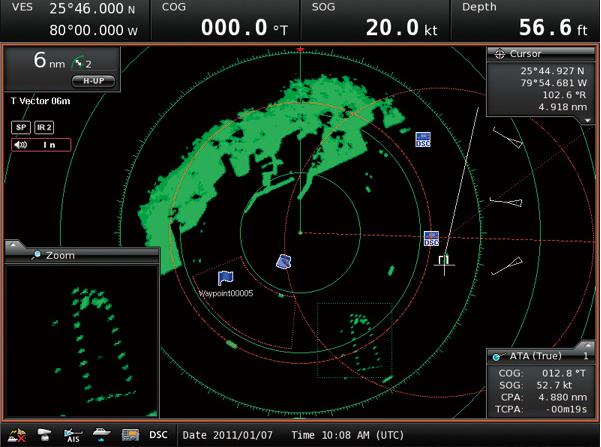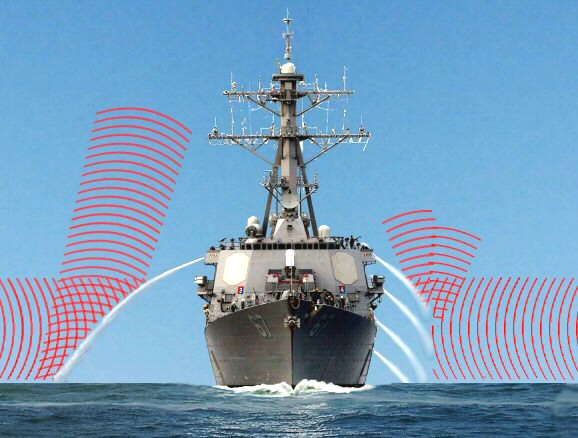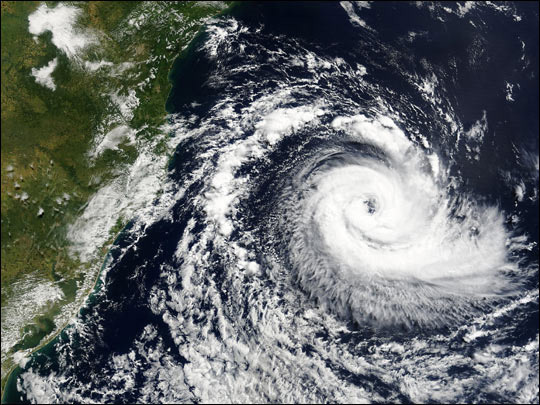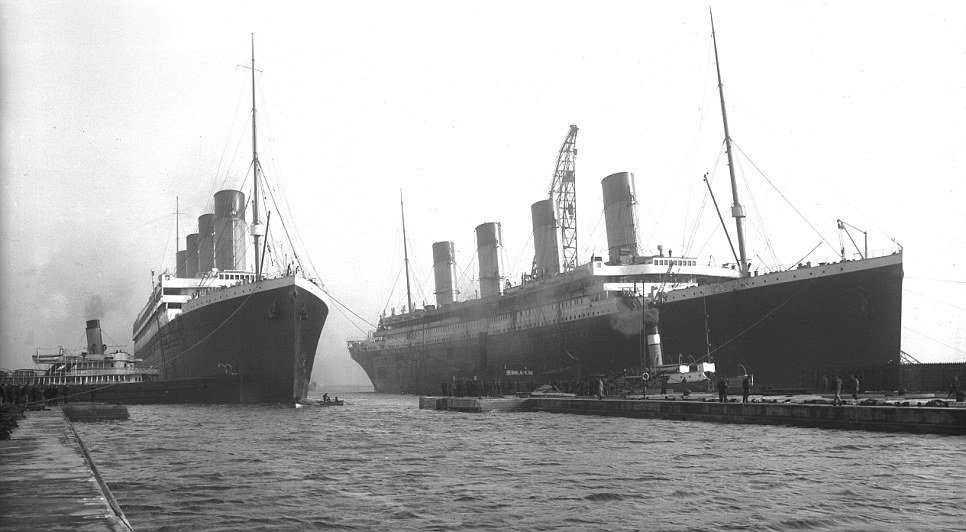
As per Performance Standards for Navigational Radar (IMO), the set must have means of ascertaining the level of its overall performance. It is understood that such means shall be available to the radar observer at all times and not rely on the existence of targets in the vicinity.
A simple oscillator, in the form of an echo box, is mounted at some suitable point on the ship where the transmitted pulse would enter it, oscillate for some time, come back as a long echo and show up as plume (feather) on the display. The length of the plume, the better the performance.
The length of the plume is usually measured on the 1.5M range scale, unless otherwise indicated by the manufacturer, using the variable range marker. The error, if any, of the variable range marker must, of course, be found and allowed for. In most radar sets, the length of the plume, expressed as a percentage of the maximum length obtained in the past, gives the present efficiency of the set.
Present length of plume/maximum length in past x 100 = efficiency (%)
The working of the echo box is similar to the striking of a bell. Though the time of contact between the striker and the bell is very short, the ringing sound is heard for considerable time. The duration of the ringing sound depends on several factors such as the quality of the bell metal, the power exerted by the striker, the material of the striker, damping factors such as objects in contact with the bell surface, cracks or defects on the body of the bell, etc. the duration of the ringing sound is, therefore, a good indication of the overall performance of the bell.
Similarly, the length of the plume indicates the overall performance of the radar set and depends on several factors such as the power of transmission, proper tuning to obtain the correct IF, the efficiency of the receiver, etc. attenuating factors such as water or dirt inside the waveguide, damage to the waveguide, salt or dirt accumulation on the reflecting surface of the scanner, etc., also will decrease the length of the plume, thereby indicating a decrease in the overall efficiency of the radar set.
Where it is not possible to fix the echo box at a convenient spot, it may be fitted behind the scanner and fed through a small piece of waveguide which is opened by a magnetic relay only when the performance of the set.
If a radar set is working with 80% efficiency, it may be approximated that the maximum detection ranges of targets may be 80% of what they were at 100% efficiency (when the plume was at its maximum length). This is one of the reasons why the regular filling up of the radar log book (described in chapter 29) is very important.
However, the detection ranges of targets are also greatly influenced by various external factors which are discussed in detail in the interpretation part of this book. The later chapter 26. Where the efficiency of radar set falls below 80% an investigation must be made and the cause rectified.
If the plume (or any radial line of the sun pattern) shows any discontinuity (appears broken up instead of being a continuous radial line), it should not be used to ascertain the efficiency of the set as it means that the echo box is not functioning properly. A rough idea of the quality of performance may then be obtained by the detection ranges of targets, if any, that appear on the PPI.
The presence of clutter (echoes from sea waves) is proof that the set is working reasonably well. The real benefit of the performance monitor is felt when, in open sea, no targets show up on the PPI, especially when in fog or when making landfall after a long ocean passage. The absence of paint on the screen may be due to the fact that there is no target within its detection range or due to malfunction of components of the radar set. This can only be ascertained by the use of the performance monitor.
Efficiency Of A Radar Set,







